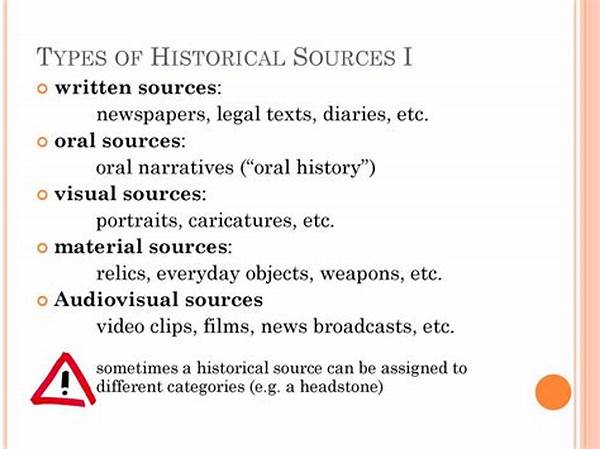Captivating Young Minds with History
Imagine a classroom where history comes alive with vivid images and sounds, capturing the attention of even the most restless student. It’s not just a dream but a growing reality thanks to the integration of audiovisual sources in historical research aimed at teaching young learners. The often-daunting subject of history becomes a dynamic, engaging narrative that piques curiosity and stimulates young minds. Historical events unfold on screens like thrilling cinematic stories, while voices from the past echo in animated discussions.
Read More : Examples Of Audiovisual Media Implemented In Startup Marketing Strategies
Imagine a young student watching a reenactment of the Boston Tea Party unfold on the screen before them, smelling the salt in the harbor through their imagination, hearing the voices of the colonists debating. These are the moments where mundane dates and events turn into unforgettable stories that students carry with them beyond the classroom.
Enhancing Understanding Through Multiple Media
Understanding History Visually and Audibly
One of the most significant benefits of audiovisual sources in historical research teaching young learners is how they transform complex historical narratives into digestible formats. By using films, documentaries, podcasts, and virtual reality, educators can appeal to different learning styles. Audio sources provide rich narratives, allowing students to hear unique accents or speeches, adding emotional depth to the facts.
Young learners, often enthusiastic about technology and multimedia, find these approaches less intimidating than traditional textbooks. Audiovisual sources also foster an inclusive environment for students with various learning needs. Students who struggle with traditional note-taking can benefit immensely from visual aids and audio narratives.
Engaging Emotions and Building Empathy
Audiovisual sources do more than just convey historical facts; they bring stories to life in a way that touches emotions. Videos detailing personal stories of individuals from the past can stir empathy and understanding. When students witness the hardships endured during the Great Depression or listen to the inspiring speeches during the Civil Rights Movement, they gain a profound sense of empathy.
Stimulating Critical Thinking and Discussion
Interactive multimedia stimulates critical thinking by inviting students to analyze and interpret historical contexts. This interactive approach encourages learners to ask questions, develop opinions, and participate in lively class discussions, often resulting in a deeper understanding of historical complexities and their relevance today.
Storytelling Techniques in Audiovisual Learning
The Art of Crafting Historical Narratives
Using audiovisual media allows educators to apply storytelling techniques to teaching history. Just like a great movie hooks an audience with its plot and characters, a well-crafted documentary or podcast can engage students with its narrative arc. Students get a front-row ticket to history, investigating primary sources and listening to firsthand accounts that define historical debates.
Read More : Benefits Of Audiovisual Sources In Historical Research With Music Archives
Advantages of Audiovisual Learning Tools
Conclusion: Lasting Impact of Audiovisual Learning
Building Lifelong Learners Through Audiovisual Media
In conclusion, the benefits of audiovisual sources in historical research teaching young learners extend far beyond the classroom. These tools not only enhance learning experiences but also prepare students for a future characterized by technological proficiency and a nuanced understanding of history. Think of audiovisual education as a key to unlocking the door to lifelong learning and critical thinking.
Transforming Education with Technology
Adopting audiovisual sources is more than a mere trend; it’s an educational evolution. Teachers and educators are equipped with powerful tools to inspire and educate, turning history classes into opportunities for exploration and discovery. Students leave the classroom equipped with knowledge and empathy, ready to shape the future with the lessons learned from the past.
This journey into history, powered by the sights and sounds of audiovisual media, is more than just an academic exercise. It’s an adventure in learning that remains with students, altering their perspectives on history and their roles in the world. Audiovisual learning ensures the past informs the present and inspires the future.
